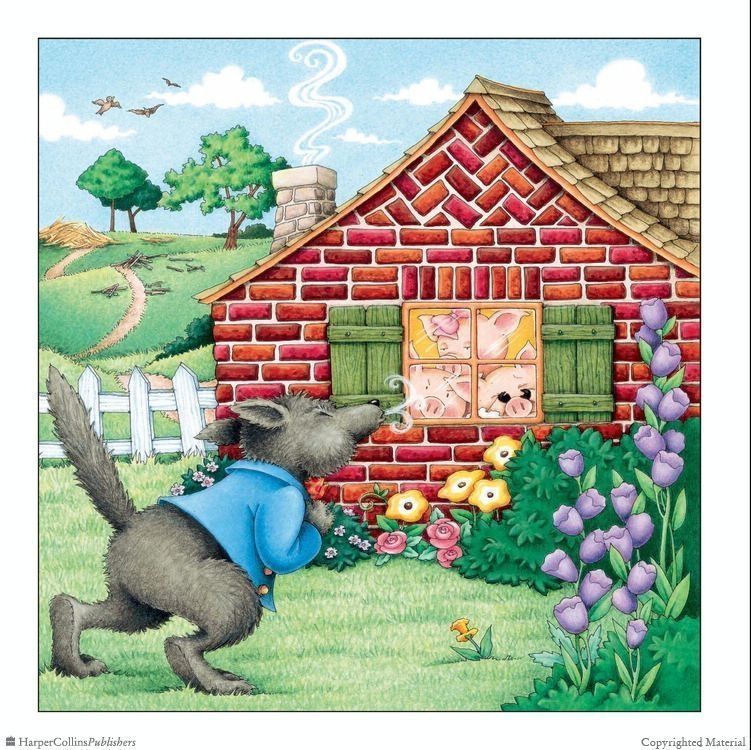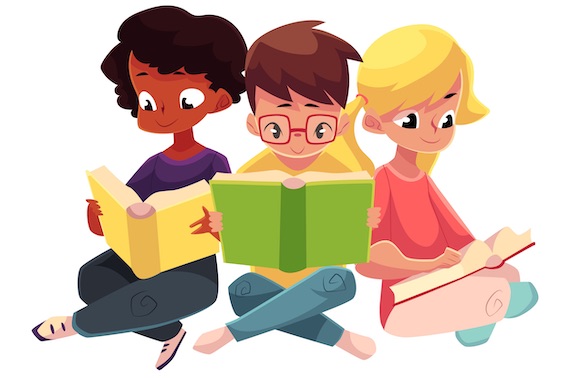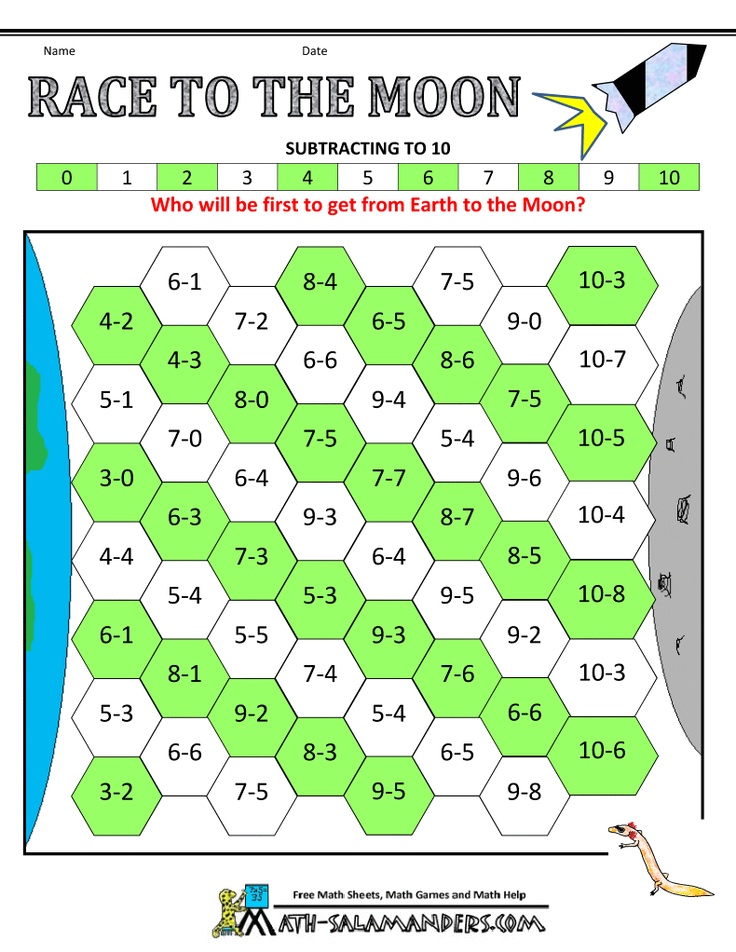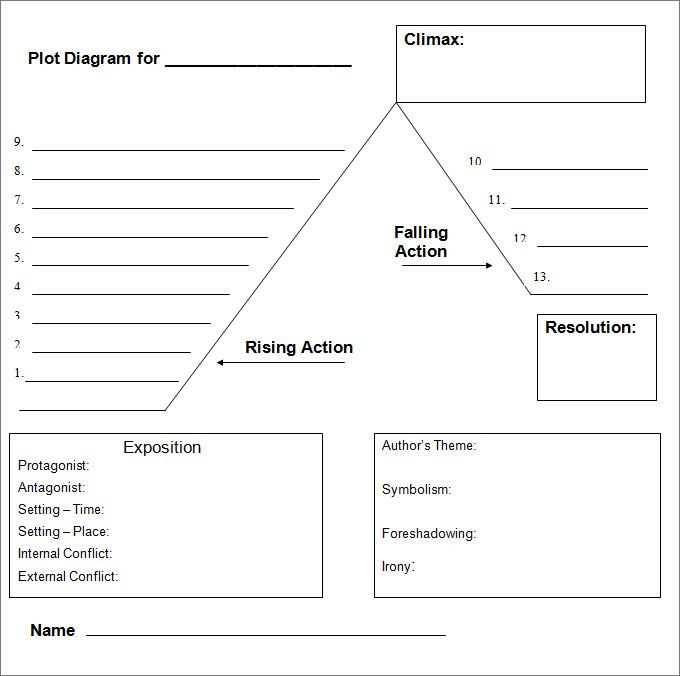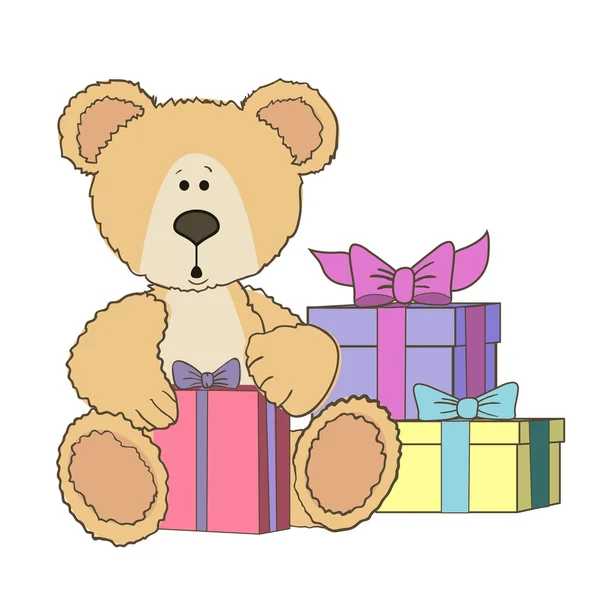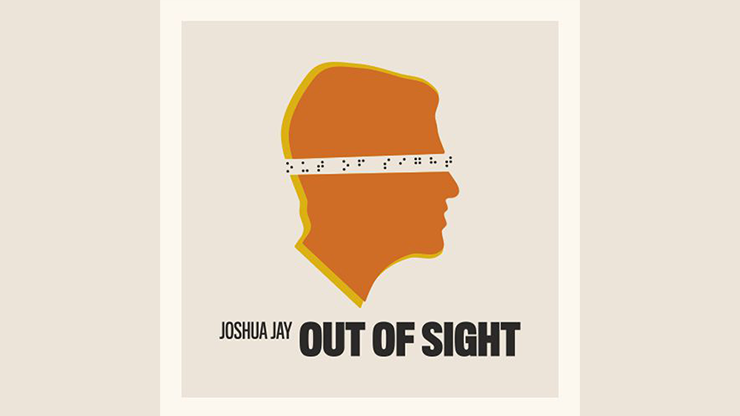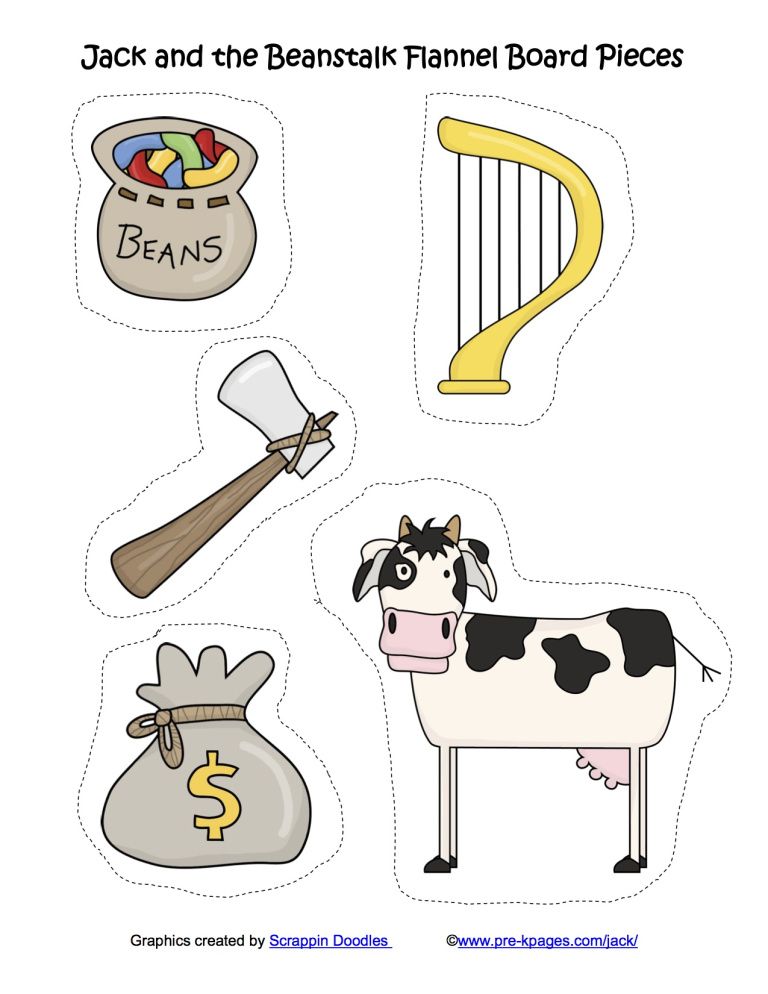Is 3 little pigs a fairy tale
The Three Little Pigs
"The Three Little Pigs" is a fairy tale that children become familiar with at an early age. It is a fable because it has a moral message and involves animals. The story conveys warnings about laziness and advocates building strong shelters and not settling for cheap materials. There are multiple versions of the story involving three pigs being hunted by a wolf.
The story was first seen in English fairy tale books from the 19th century. It is on our list of classic children's short stories.
In the familiar tale three little pigs are sent off into the world by their mother. Each pig builds a house. One builds a house of straw, one builds a house of sticks and one builds a far more sturdy house made of brick.
When a wolf comes after the picks he asks each pig to let him inside. The pigs refuse saying, "not by the hair on my chinny chin chin." The wolf then threatens, "Then I'll huff, and I'll puff, and I'll blow your house down." The wolf easily blows down the homes made of straw and sticks, but is unable to blow down the stronger and better made brick house.
The first two pigs are eaten in the earliest versions of the tale. Only the third brick-laying pig survives. The first two pigs do not always die in some of the more recent versions of the tale. In some versions the pigs even end up eating the wolf.
There are multiple morals in this story. It illustrates the importance of hard work. It is worth the time and effort to build something good. The straw using pig says in the story that he will use the straw so he can do less work and have more time to relax. The pig was lazy and made a fatal error in judgement.
It also directly illustrates the importance of building a sturdy structure. The wolf could just as easily be a tornado or wind storm with the homes representing the types of homes people could build. A weak house would not be able to withstand some of the powerful storms England has received over the past couple centuries. A straw or stick house would be no match for a tornado.
Origins
"The Three Little Pigs" story was first published in The Nursery Rhymes of England by James Halliwell-Phillips in 1886 according to the Wikipedia entry.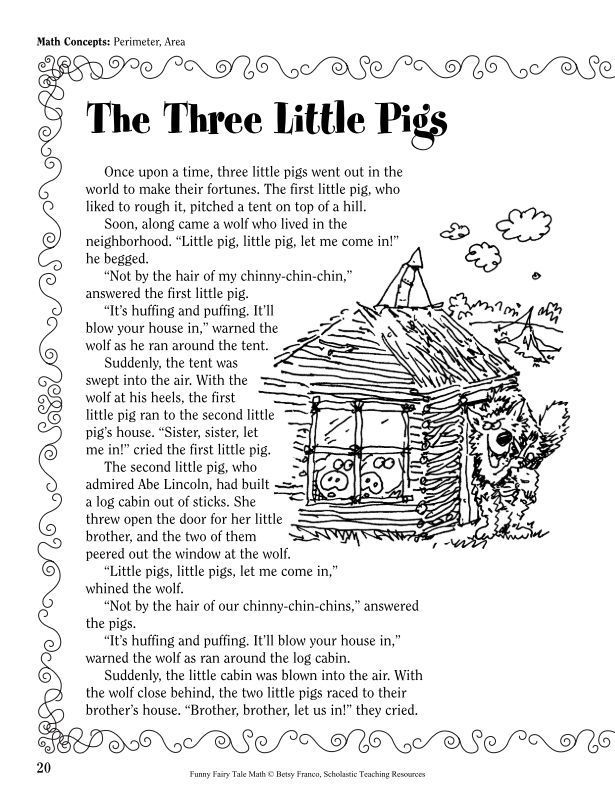 It was then published in English Fairy Tales by Joseph Jacobs in 1890. The tale likely predates these books and as with many fairy tales the original author is unknown.
It was then published in English Fairy Tales by Joseph Jacobs in 1890. The tale likely predates these books and as with many fairy tales the original author is unknown.
Later Versions
Classification and Similar Tales
"The Three Little Pigs" is classified as ATU 124 under the Aarne-Thompson-Uther Classification of Folk Tales. It fits into the "Wild Animals and Domestic Animals" folk tales category. You can view more tales that fall with this category here. There have been many stories that are similar to "The Three Little Pigs." Several of them are described here on SurLaLune.
"The Three Little Pigs" Online
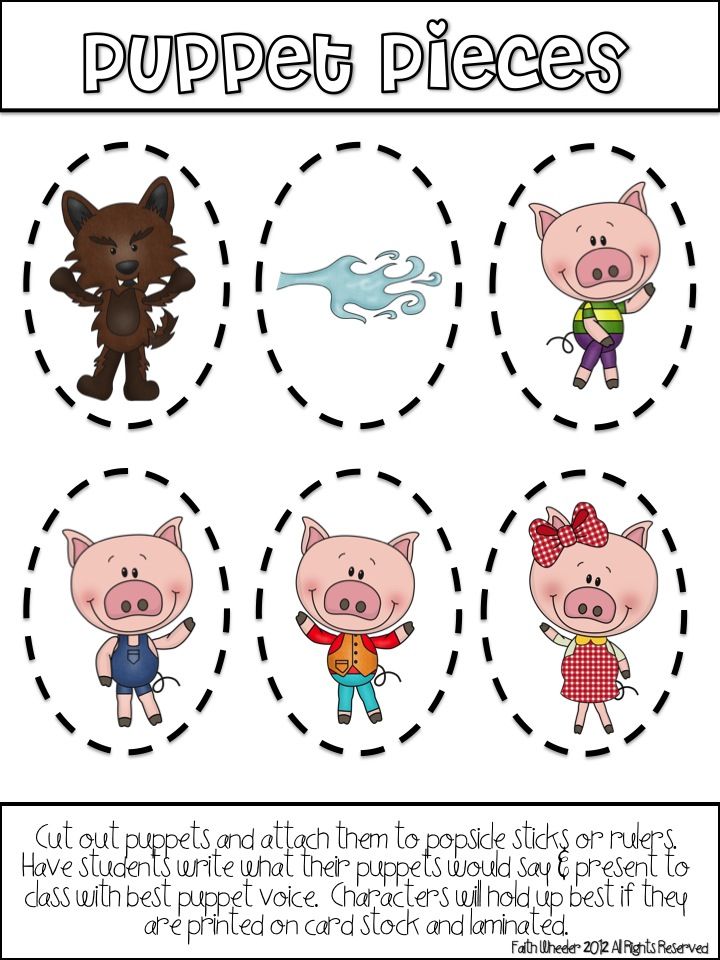 gov: The Story of the Three Little Pigs
gov: The Story of the Three Little Pigs
Hardcover
There are many versions of "The Three Little Pigs" tale in bookstores. The book pictured above was illustrated by Mei Matsuoaka (Parragon Books) and can be found on Amazon.com.
A Summary and Analysis of the ‘Three Little Pigs’ Fairy Tale – Interesting Literature
LiteratureBy Dr Oliver Tearle
The anonymous fable or fairy tale of the Three Little Pigs is one of those classic anonymous tales which we hear, and have read to us, when we are very young. The fable contains many common features associated with the fairy tale, but there are some surprises when we delve into the history of this well-known story. Let us begin with a summary of the Three Little Pigs tale before proceeding to an analysis of its meaning and origins.
The Three Little Pigs: plot summary
First, a brief summary of the tale as it’s usually told. An old sow has three pigs, her beloved children, but she cannot support them, so she sends them out into the world to make their fortune. The first (and oldest) pig meets a man carrying a bundle of straw, and politely asks if he might have it to build a house from. The man agrees, and the pig builds his house of straw. But a passing wolf smells the pig inside the house.
An old sow has three pigs, her beloved children, but she cannot support them, so she sends them out into the world to make their fortune. The first (and oldest) pig meets a man carrying a bundle of straw, and politely asks if he might have it to build a house from. The man agrees, and the pig builds his house of straw. But a passing wolf smells the pig inside the house.
He knocks at the door (how you can ‘knock’ at a door made of straw is a detail we’ll gloss over for now), and says: ‘Little pig! Little pig! Let me in! Let me in!’
The pig can see the wolf’s paws through the keyhole (yes, there’s a keyhole in this straw door), so he responds: ‘No! No! No! By the hair on my chinny chin chin!’
The wolf bares his teeth and says: ‘Then I’ll huff and I’ll puff and I’ll blow your house down.’
He does as he’s threatened to do, blows the house down, and gobbles up the pig before strolling on.
The second of the three little pigs, meanwhile, has met a man with a bundle of sticks, and has had the same idea as his (erstwhile) brother.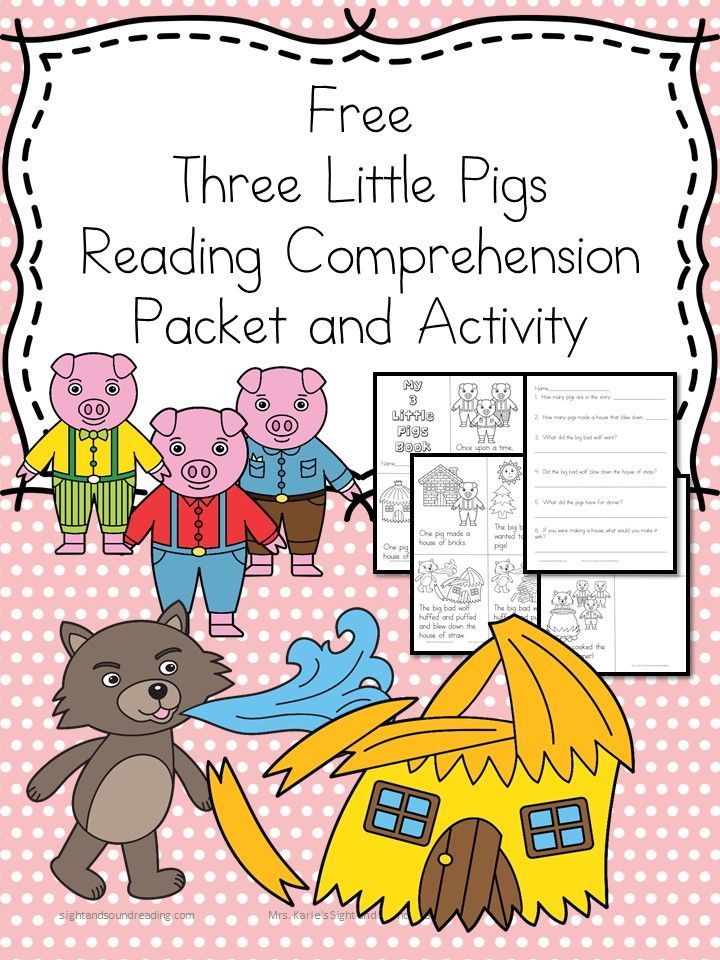 The man gives him the sticks and he makes a house out of them. The wolf is walking by, smells the pig inside his house made of sticks, and he knocks at the door (can you ‘knock’ at a door made of sticks?), and says: ‘Little pig! Little pig! Let me in! Let me in!’
The man gives him the sticks and he makes a house out of them. The wolf is walking by, smells the pig inside his house made of sticks, and he knocks at the door (can you ‘knock’ at a door made of sticks?), and says: ‘Little pig! Little pig! Let me in! Let me in!’
The pig can see the wolf’s ears through the keyhole (how can there – oh, forget it), so he responds: ‘No! No! No! By the hair on my chinny chin chin!’
The wolf bares his teeth and says: ‘Then I’ll huff and I’ll puff and I’ll blow your house down.’
He does as he’s threatened to do, blows the house down, and gobbles up the pig before strolling on.
Now, the final of the three little pigs – and the last surviving one – had met a man with a pile of bricks, and had had the same idea as his former siblings, and the man had kindly given him the bricks to fashion a house from. Now, you can guess where this is going.
The wolf is passing, and sees the brick house, and smells the pig inside it. He knocks at the door (no problem here), and says: ‘Little pig! Little pig! Let me in! Let me in!’
The pig can see the wolf’s great big eyes through the keyhole, so he responds: ‘No! No! No! By the hair on my chinny chin chin!’
The wolf bares his teeth and says: ‘Then I’ll huff and I’ll puff and I’ll blow your house down.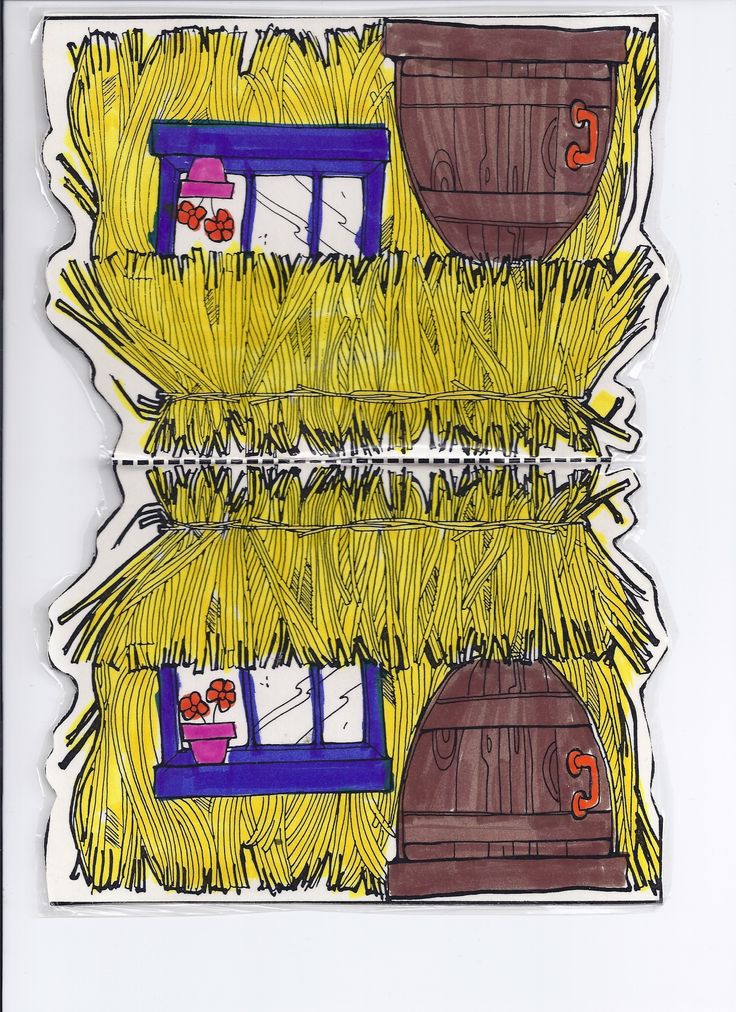 ’
’
So the wolf huffs and puffs and huffs and puffs and huffs and puffs and keeps huffing and puffing till he’s out of puff. And he hasn’t managed to blow the pig’s house down! He thinks for a moment, and then tells the little pig that he knows a field where there are some nice turnips for the taking. He tells the pig where the field is and says he will come round at six o’clock the next morning and take him there.
But the little pig is too shrewd, so the next morning he rises at five o’clock, goes to the field, digs up some turnips and takes them back to his brick house. By the time the wolf knocks for him at six, he is already munching on the turnips. He tells the wolf he has already been and got them. The wolf is annoyed, but he comes up with another plan, and tells the wolf that he knows of some juicy apples on a tree in a nearby garden, and says he will knock for the pig the next morning at five o’clock and personally show him where they are.
The little pig agrees, but rises the next morning before four o’clock, and goes to the garden to pick some apples.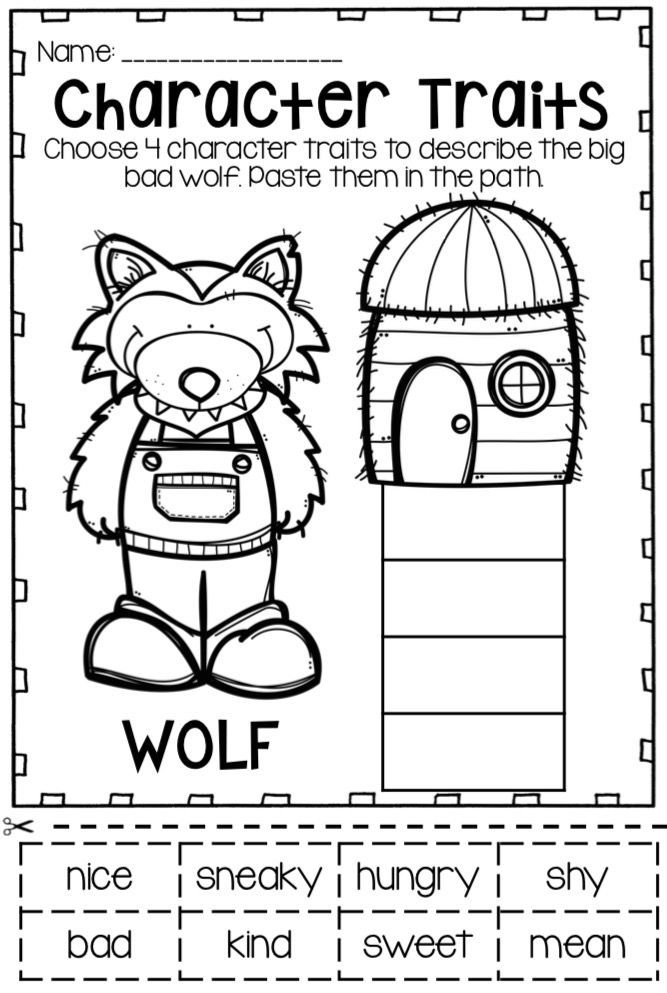 But the wolf has been fooled once and isn’t about to be fooled twice, so he heads to the apple tree before five and catches the pig up the tree with a basket of apples. The pig manages to escape by throwing the wolf an apple to eat, but throwing it so far away that by the time the wolf has fetched it and returned, the little pig has escaped with his basket and gone home to his brick house.
But the wolf has been fooled once and isn’t about to be fooled twice, so he heads to the apple tree before five and catches the pig up the tree with a basket of apples. The pig manages to escape by throwing the wolf an apple to eat, but throwing it so far away that by the time the wolf has fetched it and returned, the little pig has escaped with his basket and gone home to his brick house.
The wolf tries one final time. He invites the little pig to the fair with him the next day, and the pig agrees; but he heads to the fair early on, buys a butter churn, and is returning home when he sees the big bad wolf on the warpath, incandescent with rage at having been thwarted a third time. So the pig hides in the butter churn and ends up rolling down the hill towards the wolf. The pig squeals in fear as he rolls, and the sound of the squealing and the speed of the churn rolling towards him terrifies the wolf, and he tucks tail and runs away.
The next day, the wolf shows up at the little pig’s house, to apologise for not accompanying him to the fair the day before. He tells the pig that a loud, scary thing was rolling down a hill towards him. When the pig tells him that it must have been him inside the butter churn, the wolf loses his patience, and climbs on the roof, determined to climb down the chimney into the little pig’s house and eat him. But the pig has a pot of water boiling under the chimney, and when the wolf drops down into the house, he plops straight into the boiling hot water. The little pig puts the lid on the pot and cooks the wolf and then eats him for supper!
He tells the pig that a loud, scary thing was rolling down a hill towards him. When the pig tells him that it must have been him inside the butter churn, the wolf loses his patience, and climbs on the roof, determined to climb down the chimney into the little pig’s house and eat him. But the pig has a pot of water boiling under the chimney, and when the wolf drops down into the house, he plops straight into the boiling hot water. The little pig puts the lid on the pot and cooks the wolf and then eats him for supper!
The Three Little Pigs: analysis
We all know these essential features of the story: the three little pigs, the big bad wolf. Yet neither of these is an essential feature of the story, or hasn’t been at some point or other in the fable’s history. In one version – the earliest published version, from English Forests and Forest Trees, Historical, Legendary, and Descriptive (1853) – the little pigs were actually little pixies, and the wolf was a fox; the three houses were made of wood, stone, and iron.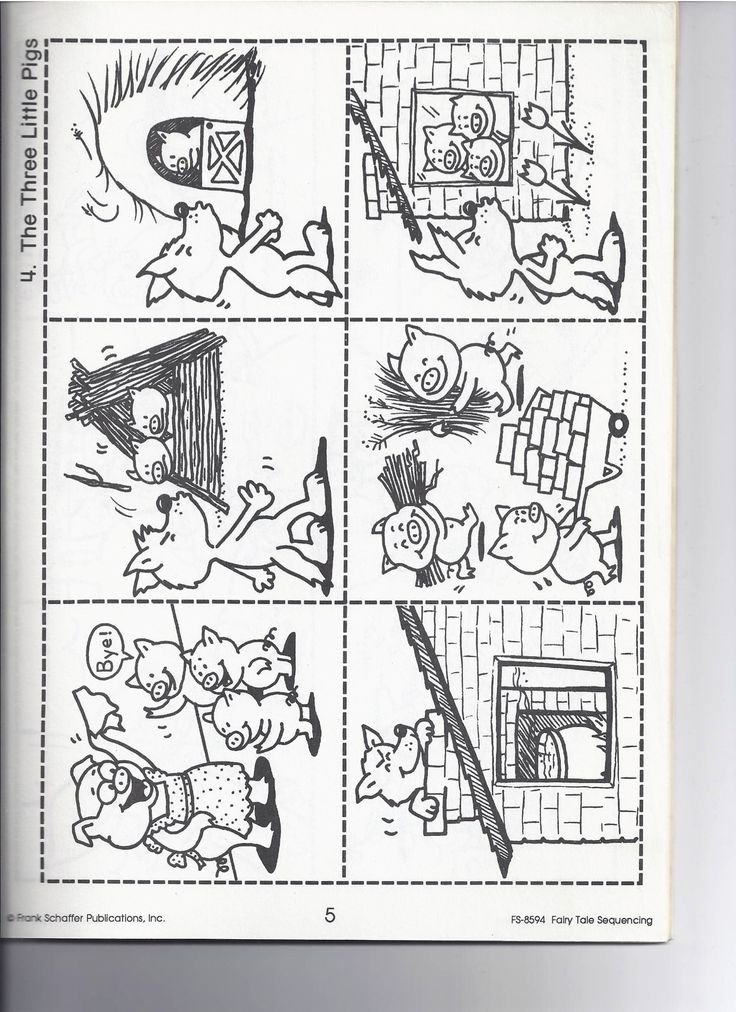 In another version, the Big Bad Wolf was actually a Big Kind Wolf. In at least one telling, the middle pig builds his house out of furze (i.e. gorse, a kind of shrub) rather than sticks.
In another version, the Big Bad Wolf was actually a Big Kind Wolf. In at least one telling, the middle pig builds his house out of furze (i.e. gorse, a kind of shrub) rather than sticks.
As the Writing in Margins blog observes, an 1877 article published in Lippincott’s detailing folklore of African Americans in the southern United States outlines a story involving seven little pigs, which contains many of the details we associate with the Three Little Pigs tale, including the chimney-fire-pot finale and the chinny-chin-chinning. Joel Chandler Harris’ 1883 collection Nights with Uncle Remus contains a similar tale (featuring six pigs rather than three), suggesting that the tale was part of African-American folklore in the nineteenth century. Was the tale related to race relations in the United States during the antebellum (and immediate postbellum) era?
Perhaps, although it’s worth noting there were also Italian versions of the tale in circulation around the same time (with three geese rather than three pigs).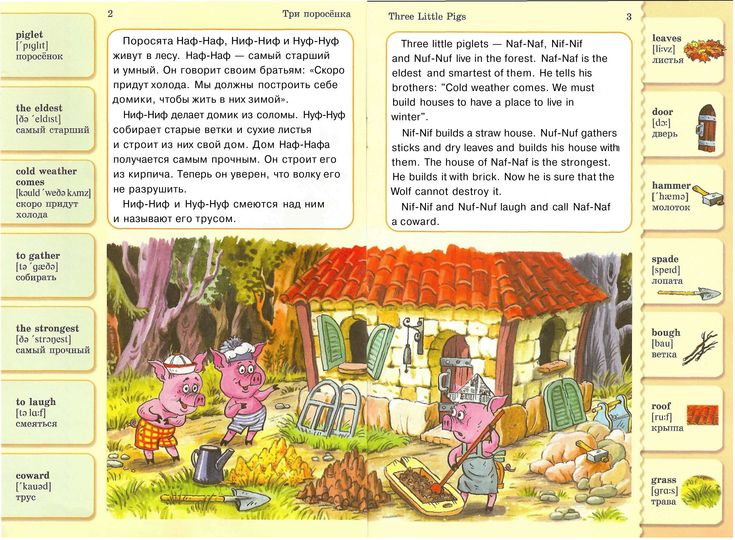 The definitive English version – with all of the features of the story outlined in the plot summary above – appears to have made its debut in print only in 1886, in James Orchard Halliwell’s Nursery Rhymes of England.
The definitive English version – with all of the features of the story outlined in the plot summary above – appears to have made its debut in print only in 1886, in James Orchard Halliwell’s Nursery Rhymes of England.
This was a sort of hybrid version of the various tellings of the story in circulation, incorporating aspects of the Italian, African-American, and English versions. We recommend the Writing in Margins post linked to above for more information on the evolution of the story. Among other fascinating insights, the author suggests that the ‘pixies’ version of the tale arose from a mishearing of the Devon dialect word for pig, ‘pigsie’, as ‘pixie’. Certainly, no other version of the Three Little Pigs contains pixies, and the pixies in the story behave unlike the pixies found in other stories from English folklore.
1886 is rather late for the tale (as we now know it) to be making its debut in print. It feels much older, especially since it contains so many features we commonly associate with fairy tales and children’s stories. Indeed, it’s thought that the story is considerably older, and was perhaps circulated orally before it finally made its way into published books. Certainly, despite these slight differences between disparate versions of the tale, the raw narrative elements are those we are used to finding in fairy tales.
Indeed, it’s thought that the story is considerably older, and was perhaps circulated orally before it finally made its way into published books. Certainly, despite these slight differences between disparate versions of the tale, the raw narrative elements are those we are used to finding in fairy tales.
The rule of three – a common plot feature in classic fairy tales – is there several times over in the fable of the Three Little Pigs. There are three little pigs; there are three houses; the wolf tries to trick the last of the three pigs three times. In each case, the third instance acts as the decisive one: the first two pigs are eaten, but the third survives; the first two houses are insufficient to withstand the wolf, but the third is able to; and the third trick played by the wolf proves his ultimate undoing, since it is the last straw (no pun intended) which makes him erupt in rage and go on the offensive, with devastating consequences (for him).
This helps to build a sense of narrative tension, even if we suspect we know where the tale is going.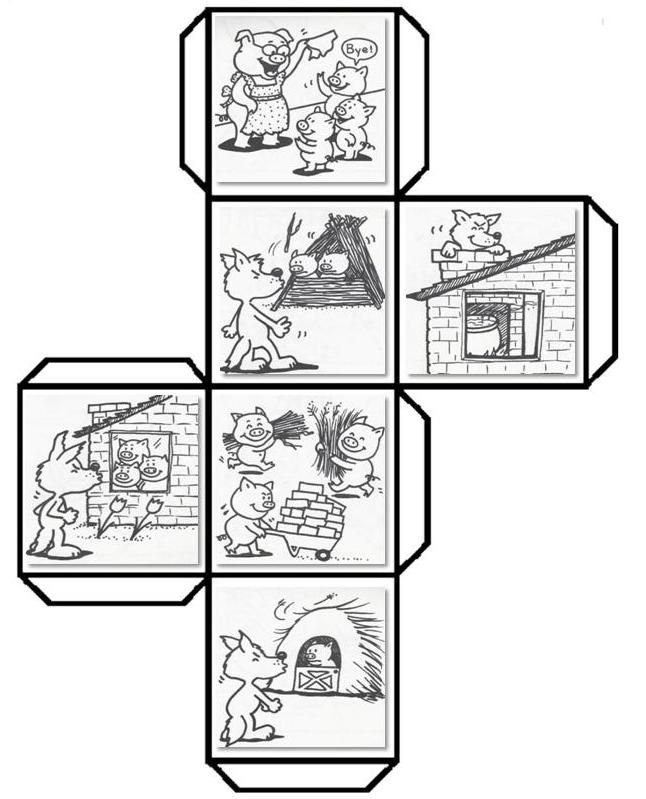 And of course, there is a delicious irony (delicious in more than one sense) in the pig eating the wolf at the end of the fable, rather than vice versa.
And of course, there is a delicious irony (delicious in more than one sense) in the pig eating the wolf at the end of the fable, rather than vice versa.
But if fables are meant to have a moral message to impart, what is the meaning of the Three Little Pigs tale? In the last analysis, it seems to be that plucky resourcefulness and careful planning pay off, and help to protect us from harm. There’s also a degree of self-sufficiency: the mother cannot look after the three little pigs, so they must stand on their own two (or four) feet and make their own way in the world. (This is another popular narrative device in fairy tales: the hero must absent themselves from home early on and go out into the world alone.)
Of course, the third little pig survives not just by standing on his own feet but by thinking on his feet, too: it’s his quick thinking that enables him to outwit the wolf, himself not exactly a simpleton, even if he isn’t the sharpest straw in the hay-bale.
The author of this article, Dr Oliver Tearle, is a literary critic and lecturer in English at Loughborough University. He is the author of, among others, The Secret Library: A Book-Lovers’ Journey Through Curiosities of History and The Great War, The Waste Land and the Modernist Long Poem.
He is the author of, among others, The Secret Library: A Book-Lovers’ Journey Through Curiosities of History and The Great War, The Waste Land and the Modernist Long Poem.
Image: via Wikimedia Commons.
Like this:
Like Loading...
Tags: Analysis, Animal Fables, Children's Literature, Fairy Tales Analysis, Origins, Summary, Three Little Pigs
Three Little Pigs - Mikhalkov S. The Tale of the Three Little Pigs.
A fairy tale about three brothers-piglets who built houses for themselves. One brother built a house out of straw, another out of twigs and twigs, and a third out of bricks.
Once upon a time there were three little pigs in the world. Three brothers. All of the same height, round, pink, with the same cheerful ponytails. Even their names were similar. The piglets were called: Nif-Nif, Nuf-Nuf and Naf-Naf.
All summer the piglets tumbled in the green grass, basked in the sun, basked in the puddles.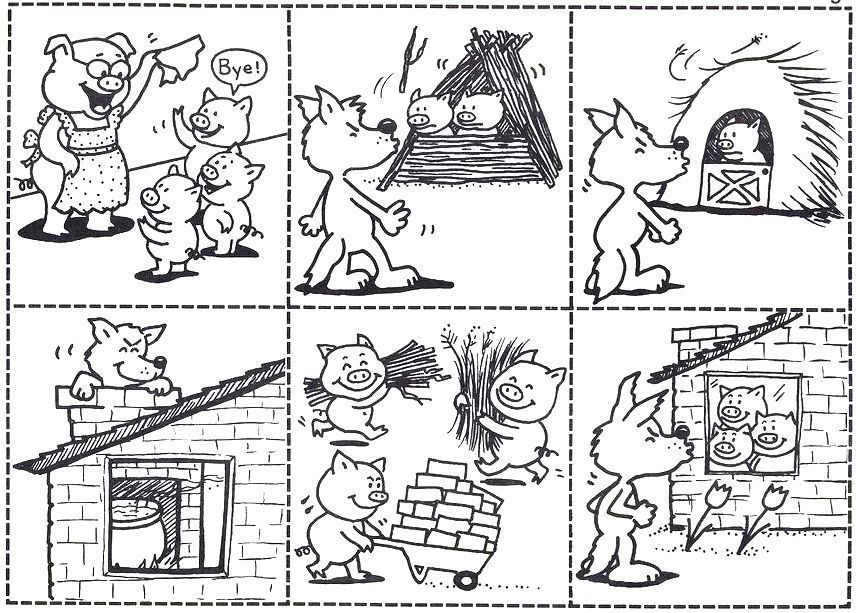 But now autumn has come. nine0007 - It's time for us to think about winter, - Naf-Naf once said to his brothers, waking up early in the morning. - I'm shivering from the cold. Let's build a house and winter together under one warm roof.
But now autumn has come. nine0007 - It's time for us to think about winter, - Naf-Naf once said to his brothers, waking up early in the morning. - I'm shivering from the cold. Let's build a house and winter together under one warm roof.
But his brothers didn't want to take the job.
- We'll make it! Winter is still far away. We'll take a walk, - said Nif-Nif and rolled over his head.
— When necessary, I will build a house for myself, — said Nuf-Nuf and lay down in a puddle.
“Me too,” added Nif-Nif.
- Well, as you wish. Then I will build my own house, - said Naf-Naf. nine0003
Nif-Nif and Nuf-Nuf were in no hurry. All they did was play their pig games, jump and roll.
“Today we will take a walk,” they said, “and tomorrow morning we will get down to business.
But the next day they said the same thing.
It was getting colder and colder every day. And only when a large puddle by the road began to be covered with a thin crust of ice in the morning, the lazy brothers finally got to work.
Nif-Nif decided that it would be easier and most likely to make a house out of straw. Without consulting anyone, he did just that. By evening, his hut was ready. Nif-Nif put the last straw on the roof and, very pleased with his house, sang merrily:0003
You'll get around half the world,
You'll get around, you'll get around,
You won't find a better home,
You won't find it, you won't find it!
Singing this song, he went to Nuf-Nuf. Nuf-Nuf, not far away, also built a house for himself. He tried to finish this boring and uninteresting business as soon as possible. At first, like his brother, he wanted to build a house out of straw. But then I decided that it would be very cold in such a house in winter. The house will be stronger and warmer if it is built from branches and thin rods. And so he did. He drove stakes into the ground, intertwined them with rods, heaped dry leaves on the roof, and by evening the house was ready. nine0003
Nuf-Nuf proudly walked around him several times and sang:
I have a good house,
A new house, a solid house,
I am not afraid of rain and thunder,
Rain and thunder, rain and thunder!
Before he could finish the song, Nif-Nif ran out from behind a bush.
— Well, your house is ready! - said Nif-Nif to his brother. "I told you we'd get it over with quickly!" Now we are free and can do whatever we want!
— Let's go to Naf-Naf and see what kind of house he has built for himself! - said Nuf-Nuf. "We haven't seen him in a long time!" nine0003
— Let's go see! Nif-Nif agreed.
Naf-Naf has been busy building for several days now. He dragged stones, kneaded clay, and now slowly built himself a reliable, durable house in which one could hide from wind, rain and frost. He made a heavy oak door with a bolt in the house so that the wolf from the neighboring forest could not climb up to him.
Nif-Nif and Nuf-Nuf found their brother at work.
— What are you building? - the surprised Nif-Nif and Nuf-Nuf shouted in one voice. - What is it, a pig house or a fortress? nine0003
- Piglet's home should be a fortress! Naf-Naf calmly answered them, continuing to work.
— Are you going to fight with someone? Nif-Nif grunted merrily and winked at Nuf-Nuf.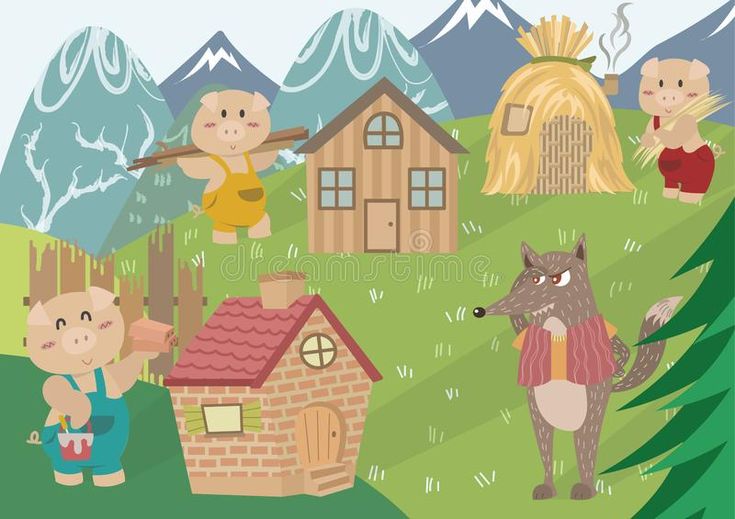 And both brothers were so merry that their squeals and grunts carried far across the lawn. And Naf-Naf, as if nothing had happened, continued to lay the stone wall of his house, purring a song under his breath:0007 Won't break through that door!
And both brothers were so merry that their squeals and grunts carried far across the lawn. And Naf-Naf, as if nothing had happened, continued to lay the stone wall of his house, purring a song under his breath:0007 Won't break through that door!
I'm smarter than everyone, of course,
Smarter than everyone, smarter than everyone!
I build a house from stones,
From stones, from stones!
— What animal is he talking about? - Nif-Nif asked Nuf-Nif.
— What animal are you talking about? - Nuf-Nuf asked Naf-Naf.
- I'm talking about the wolf! - answered Naf-Naf and laid another stone.
- Look how afraid he is of the wolf! - said Nif-Nif.
- What kind of wolves can be here? - said Nif-Nif.
- There are no wolves! He's just a coward! - added Nuf-Nuf.
And both of them began to dance and sing:
We are not afraid of the gray wolf,
Gray wolf, gray wolf!
Where do you go, stupid wolf,
Old wolf, dire wolf?
They wanted to tease Naf-Naf, but he didn't even turn around.
- Let's go, Nuf-Nif, - said then Nif-Nif. “We have nothing to do here!
And two brave brothers went for a walk. On the way they sang and danced, and when they entered the forest, they made such a noise that they woke up the wolf, who was sleeping under a pine tree. nine0003
— What's that noise? - the angry and hungry wolf grumbled with displeasure and galloped to the place where the squealing and grunting of two small, stupid pigs could be heard.
— Well, what kind of wolves can there be! - said at that time Nif-Nif, who saw wolves only in pictures.
- Here we will grab him by the nose, he will know! added Nuf-Nuf, who also had never seen a live wolf.
- Let's knock down, and even tie, and even with a foot like this, like this! Nif-Nif boasted.
And suddenly they saw a real live wolf! He stood behind a large tree, and he had such a terrible look, such evil eyes and such a toothy mouth that Nif-Nif and Nuf-Nuf had a chill running down their backs and thin tails trembled finely.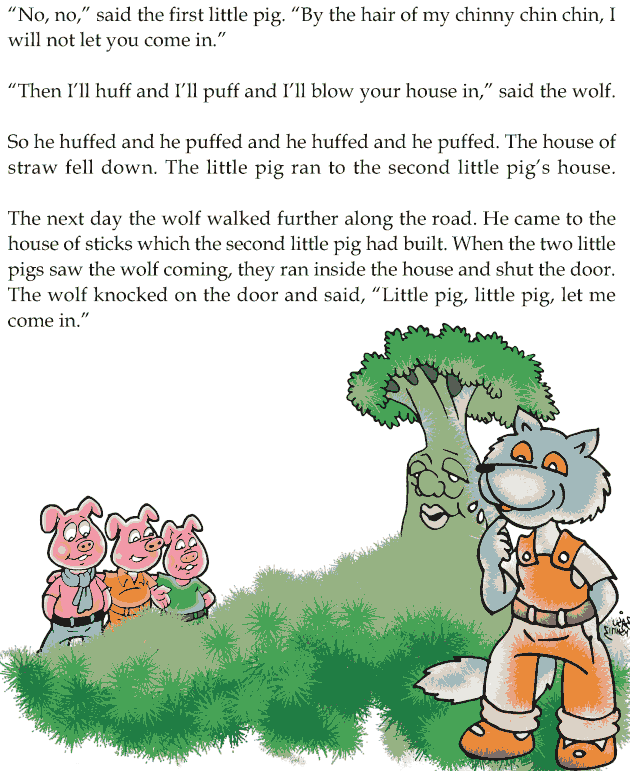 The poor pigs couldn't even move for fear.
The poor pigs couldn't even move for fear.
The wolf got ready to jump, snapped his teeth, blinked his right eye, but the piglets suddenly came to their senses and, squealing throughout the forest, rushed to their heels.
They have never run so fast! Flashing with their heels and raising clouds of dust, they each rushed to their home. nine0003
Nif-Nif was the first to reach his thatched hut and barely managed to slam the door in front of the wolf's very nose.
— Unlock the door now! the wolf growled. “Or else I’ll break it!”
— No, — grunted Nif-Nif, — I won't unlock it!
The breath of a terrible beast was heard outside the door.
— Unlock the door now! the wolf growled again. “Otherwise I’ll blow so hard that your whole house will fly apart!”
But Nif-Nif, out of fear, could no longer answer anything.
Then the wolf began to blow: “F-f-f-w-w-w!” Straws flew from the roof of the house, the walls of the house shook. The wolf took another deep breath and blew a second time: “F-f-f-u-u-u-u!”.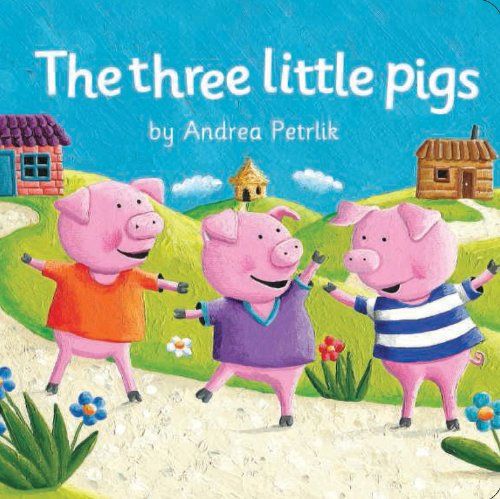 When the wolf blew for the third time, the house was blown in all directions, as if it had been hit by a hurricane. nine0003
When the wolf blew for the third time, the house was blown in all directions, as if it had been hit by a hurricane. nine0003
The wolf snapped his teeth in front of the little piglet's snout, but Nif-Nif deftly dodged and rushed to run. A minute later he was already at the door of Nuf-Nuf.
As soon as the brothers had locked themselves in, they heard the wolf's voice:
— Well, now I'll eat you both!
Nif-Nif and Nuf-Nuf looked at each other in fear. But the wolf was very tired and therefore decided to go for a trick.
- I changed my mind! he said so loudly that he could be heard in the house. “I won’t eat those skinny piglets!” I'll go home! nine0003
Did you hear? - Nif-Nif asked Nuf-Nif. He said he won't eat us! We are skinny!
- This is very good! - Nuf-Nuf said and immediately stopped trembling.
The brothers became merry and sang as if nothing had happened:
We are not afraid of the gray wolf,
Gray wolf, gray wolf!
Where do you go, stupid wolf,
Old wolf, dire wolf?
But the wolf didn't even think of leaving. He just stepped aside and hunkered down. He had a hard time keeping himself from laughing. nine0003
He just stepped aside and hunkered down. He had a hard time keeping himself from laughing. nine0003
— How cleverly I deceived two stupid little pigs!
When the pigs were completely calm, the wolf took the sheep's skin and cautiously crept up to the house. At the door, he covered himself with skin and knocked softly.
Nif-Nif and Nuf-Nuf were very frightened.
- Who's there? they asked, their tails shaking again.
- It's me, poor little sheep! the wolf squeaked in a thin, alien voice. - Let me spend the night, I strayed from the herd and very, very tired!
- You can let the sheep go! Nuf-Nuf agreed. - A sheep is not a wolf! nine0003
But when the pigs opened the door, they saw not a sheep, but the same toothy wolf. The brothers slammed the door and leaned on it with all their might so that the terrible beast could not break into them.
The wolf got very angry. He failed to outsmart the pigs! He threw off his sheepskin and growled:
— Well, wait a minute! There will be nothing left of this house!
And he began to blow.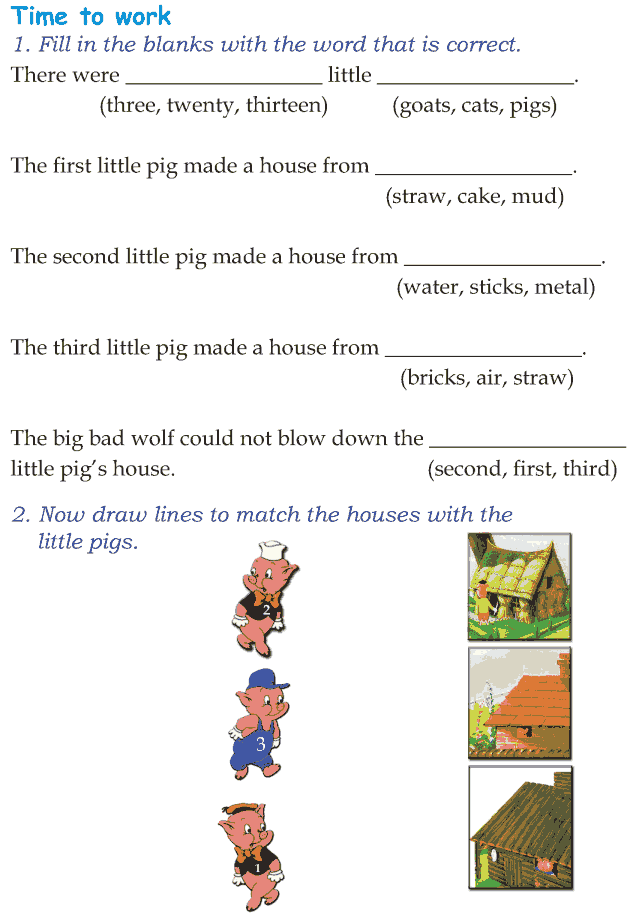 The house leaned a little. The wolf blew a second, then a third, then a fourth time. Leaves flew off the roof, the walls shook, but the house still stood. And, only when the wolf blew for the fifth time, the house staggered and collapsed. nine0003
The house leaned a little. The wolf blew a second, then a third, then a fourth time. Leaves flew off the roof, the walls shook, but the house still stood. And, only when the wolf blew for the fifth time, the house staggered and collapsed. nine0003
The door alone stood for some time in the middle of the ruins. In horror, the pigs rushed to run. Their legs were paralyzed with fear, every bristle trembled, their noses were dry. The brothers rushed to the house of Naf-Naf.
The wolf caught up with them with huge leaps. Once he almost grabbed Nif-Nif by the hind leg, but he pulled it back in time and added speed.
The wolf also pressed on. He was sure that this time the piglets would not run away from him.
But he was out of luck again. The piglets quickly rushed past a large apple tree without even hitting it. But the wolf did not have time to turn and ran into an apple tree, which showered him with apples. One hard apple hit him between the eyes. A large lump jumped up on the wolf's forehead.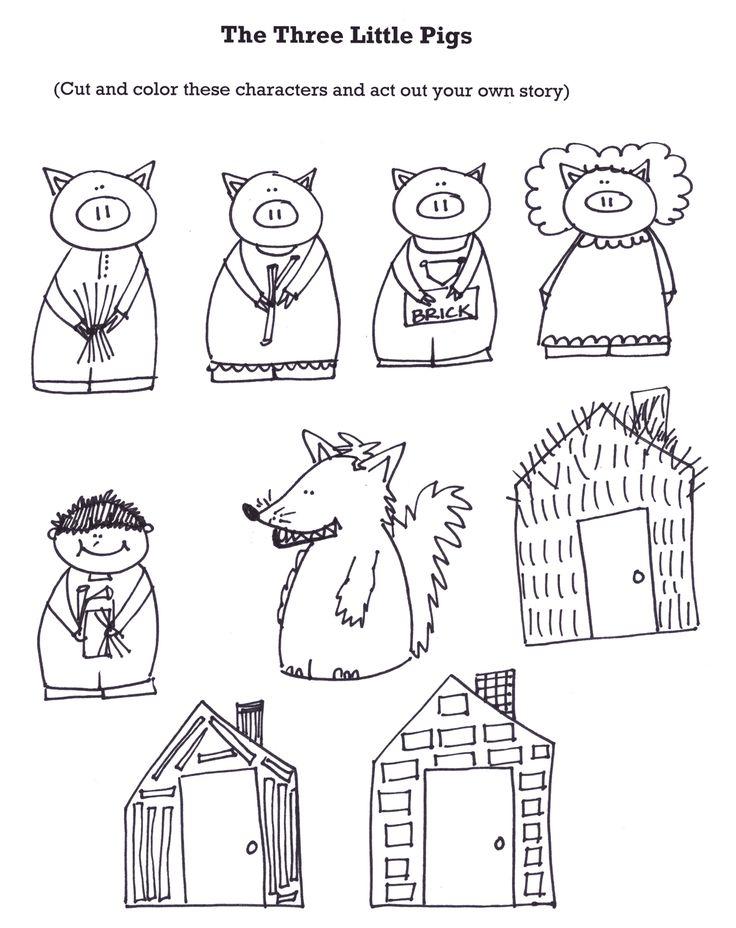 nine0003
nine0003
And Nif-Nif and Nuf-Nuf, neither alive nor dead, ran up to Naf-Naf's house at that time. The brother let them into the house and quickly bolted the door.
The poor piglets were so frightened that they could not say anything. They silently rushed under the bed and hid there.
Naf-Naf immediately guessed that a wolf was chasing them. But he had nothing to fear in his stone house. He quickly bolted the door, sat down on a stool and sang:
No animal in the world,
Cunning animal, terrible animal,0007 Will not open this door,
This door, this door!
But just then there was a knock on the door.
- Open without talking! came the rough voice of the wolf.
- No matter how! And don't think! - Naf-Naf answered in a firm voice.
— Oh, yes! Well, hold on! Now I'll eat all three!
- Try it! - answered Naf-Naf from behind the door, not even getting up from his stool. He knew that he and his brothers had nothing to fear in a solid stone house.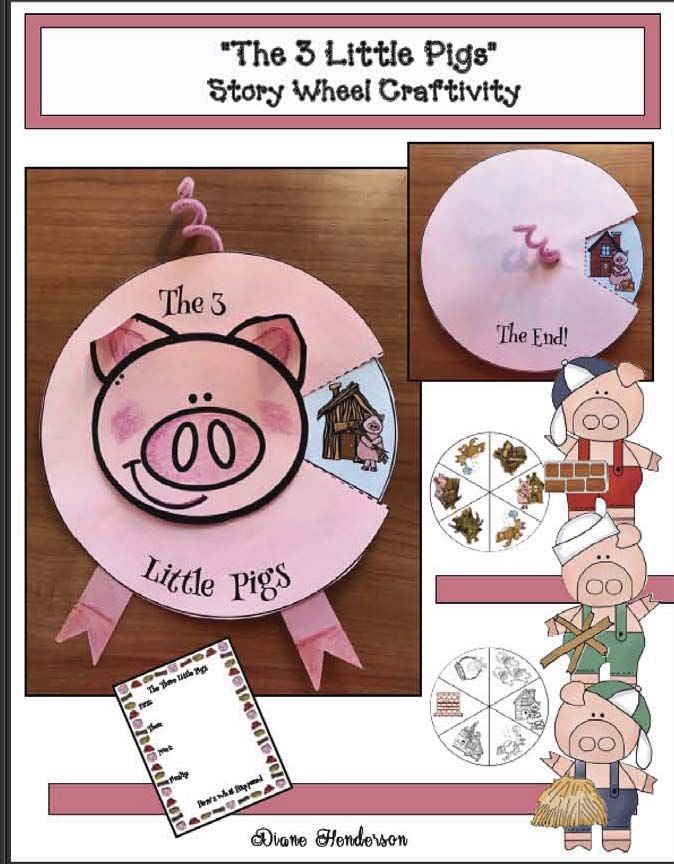 Then the wolf sucked in more air and blew as best he could! nine0003
Then the wolf sucked in more air and blew as best he could! nine0003
But no matter how much he blew, not even the smallest stone moved. The wolf turned blue from the effort. The house stood like a fortress. Then the wolf began to shake the door. But the door didn't budge either. The wolf, out of anger, began to scratch the walls of the house with his claws and gnaw the stones from which they were built, but he only broke off his claws and ruined his teeth. The hungry and angry wolf had no choice but to get out.
But then he raised his head and suddenly noticed a large, wide chimney on the roof. nine0003
- Yeah! Through this pipe I will make my way into the house! the wolf rejoiced.
He carefully climbed onto the roof and listened. The house was quiet.
I'm still going to eat some fresh pig today! - thought the wolf and, licking his lips, climbed into the pipe.
But as soon as he began to descend the pipe, the piglets heard a rustle. And when soot began to pour on the roof of the boiler, smart Naf-Naf immediately guessed what was the matter. He quickly rushed to the cauldron, in which water was boiling on the fire, and tore off the lid from it. nine0003
He quickly rushed to the cauldron, in which water was boiling on the fire, and tore off the lid from it. nine0003
- Welcome! - said Naf-Naf and winked at his brothers.
The piglets did not have to wait long. Black as a chimney sweep, the wolf flopped right into the cauldron.
His eyes popped out on his forehead, all his hair stood on end.
With a wild roar, the scalded wolf flew back onto the roof, rolled down it to the ground, rolled over its head four times, and rushed into the forest.
And the three brothers, the three little pigs, looked after him and rejoiced that they had so cleverly taught the evil robber a lesson. nine0003
No animal in the world,
Won't open this door,
Cunning, scary, scary beast,
Won't open this door!
You will go around half the world,
You will go around, you will go around,
You will not find a better home,
You will not find it, you will not find it!
The wolf from the forest never,
Never, never
Will not come back to us here,
To us here, to us here!
Since then, the brothers began to live together, under one roof.
Illustrator Konstantin Rotov
❤️ 3.9To
🔥 1.6k
😁 1.3k
😢 758
👎 696
🥱 862
Added on the shelf
Remove the
,Shelter
Mikhail Elizarov: Three Pigs - Mikhail Elizarov - Kolonki - Kololoki - Kololoki - Kololoki - Kololoki - Kololoki - Kololoki - Kololoki - Kololoki - Kololoki - Kololoki - Kololoki - Kololoki - Kololoki - Kololoki - Columns Favorites - Snob
It is believed that the story of the three little pigs and the wolf goes back to English folklore. The fairy tale came to the Soviet reader in a wonderful processing by Sergei Mikhalkov with the same note: "according to an English fairy tale." Unlike the English book original, where the piglets differed in color, Mikhalkov's piglets acquired names - Nif-Nif, Nuf-Nuf and Naf-Naf - and got rid of excessive bloodthirstiness. (At the end of the curtain English piglets boiled the wolf alive in a cauldron and ate it for dinner. At the soft-hearted Mikhalkov, the scalded wolf jumped back into the chimney, from there to the roof and ran into the forest.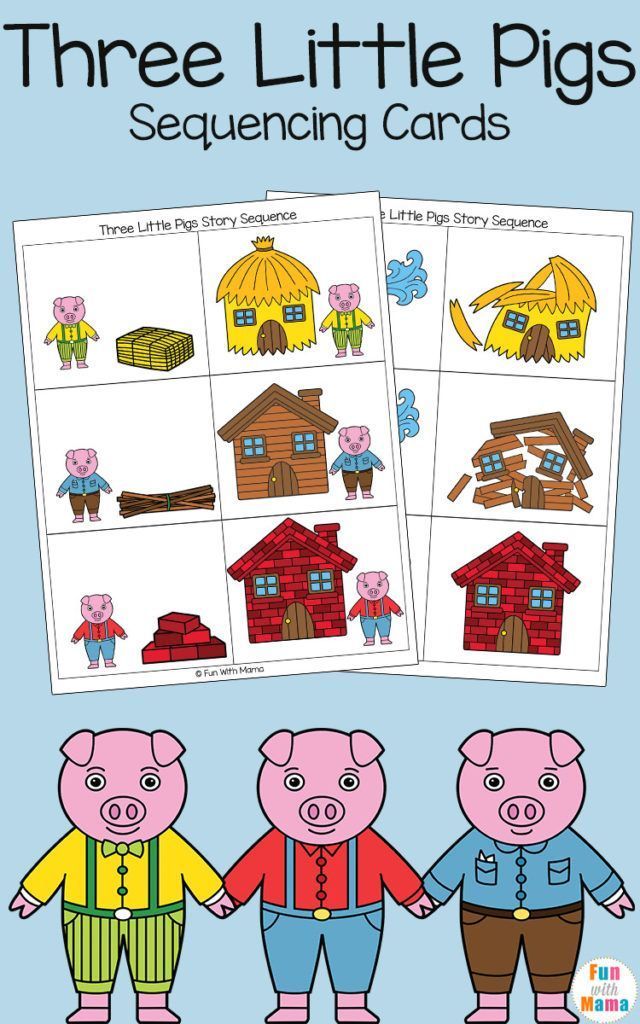 )
)
In general, the Russian version did not differ from the English one. Three pig brothers lived. The eldest and most intelligent pig Naf-Naf suggested that the brothers start building a strong and reliable house. Nif-Nif and Nuf-Nuf take the matter lightly. They do not want to help their brother, they lead a carefree life and at the very last moment they build flimsy, useless houses for themselves: Nif-Nif - from straw, Nuf-Nuf - from twigs. Above Naf-Naf, who is building a house of stone and with a solid oak door, they laugh: "What are you building? - the surprised Nif-Nif and Nuf-Nuf shouted in one voice. - What is this, a house for a piglet or a fortress?" "The pig's house must be a fortress!" Naf-Naf calmly answered them. nine0003
A wise piglet builds not a house, but a fortress: “Of course, I am smarter than everyone else, I build a house of stones.” Naf-Naf is not just a builder pig, he is primarily a bricklayer .
In world history, the term "mason" is firmly associated with the movement of Freemasonry - a powerful branched organization that inherited the experience of the secret societies of the Middle Ages (masson, freemason - a freemason).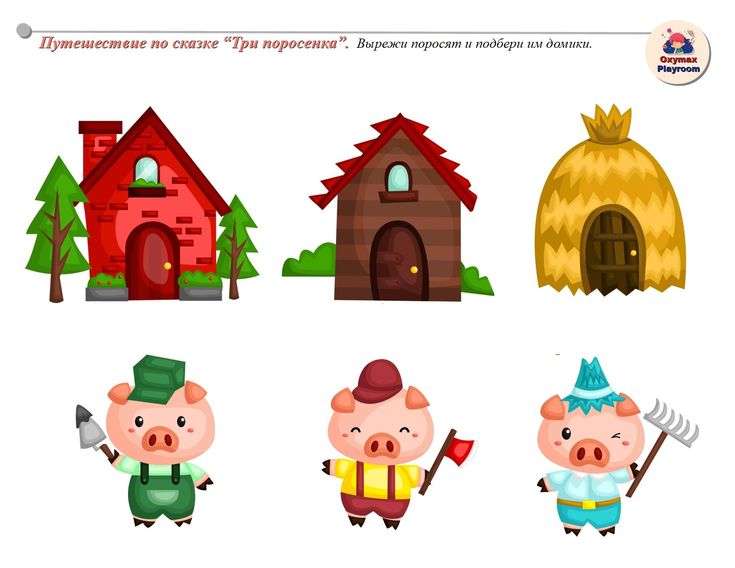 Formally, for public opinion, the Freemasons declared a certain humanistic loyalty to the ideas of the moral improvement of society within the framework of the religion and state where this or that Masonic lodge is located. nine0003
Formally, for public opinion, the Freemasons declared a certain humanistic loyalty to the ideas of the moral improvement of society within the framework of the religion and state where this or that Masonic lodge is located. nine0003
The organization was distinguished by cosmopolitanism, in which English, French or Russian Masons were primarily obliged to defend the interests of the movement, and not of their homeland. Accordingly, the Freemasons were religiously omnivorous (faith in a higher principle, the Great Architect, was quite enough).
In fact, Freemasonry at all times was engaged in the formation of an elite fifth column within each state. Freemasons penetrated state structures: the bureaucracy, the army. Engaged in clan patronage, they successfully promoted the "brothers" through the ranks, provided them with all kinds of support - financial, political, for which they demanded the same return, and in this they were not much different from any sect with its rigid hierarchy and discipline. There was a complex system of initiation within the very structure of Freemasonry, a table of ranks, consisting of many degrees. All this increasingly complex system of secrecy made it possible to keep the plans of the Masonic elite secret. nine0003
There was a complex system of initiation within the very structure of Freemasonry, a table of ranks, consisting of many degrees. All this increasingly complex system of secrecy made it possible to keep the plans of the Masonic elite secret. nine0003
The symbolism of Freemasonry - a trowel, a plumb line and a compass - goes back to the heraldry of the masons' guilds that existed in the 13th century. The appearance of these guilds was the result of the activities of the Knights Templar, which launched large-scale construction during its heyday. Over a relatively short historical period - about a hundred years - more than 80 cathedrals were built at the expense of the order.
Freemasonry first makes itself known in the 17th century in England. In London, in 1717, the first Grand Lodge is founded, which is considered the mother lodge for all Freemasonry. But, according to some versions, the first four Masonic lodges were founded by Jacques de Molay, the last Grand Master of the Knights Templar.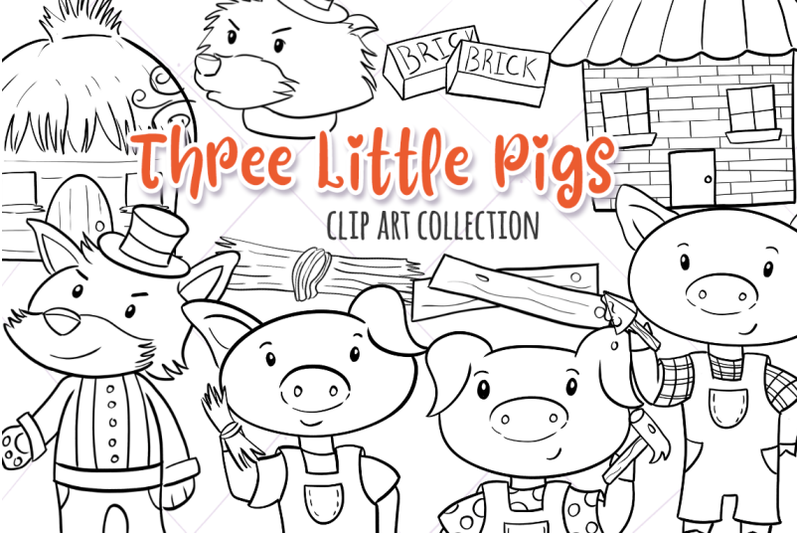 It is believed that in 1307 the Grand Master, already arrested, initiated the creation of lodges in custody - the genealogical connection of the Freemasons with the Templars is obvious. nine0003
It is believed that in 1307 the Grand Master, already arrested, initiated the creation of lodges in custody - the genealogical connection of the Freemasons with the Templars is obvious. nine0003
Founded around 1119, the Knights Templar declared its task to be the protection of Christian pilgrims. But besides this, the order had another secret mystical task - the restoration of the Temple of Solomon (the very name "Templars" comes from temple - temple). The knights-templars chose the masons of Zerubbabel as a biblical model - a kind of union of a sword and a trowel. The Templars have been a "brotherhood of stonemasons" since their founding.
"Of course, I'm smarter than everyone else, I build my house out of stones." "Bricklayer" Naf-Naf builds not only a fortress, but also a temple, that is, a temple (by the way, Dom in German means a cathedral or a temple). nine0003
"No animal in the world, a cunning animal, a terrible animal, will break through this door!" “What animal is he talking about?” - Ask Nif-Nif and Nuf-Nuf.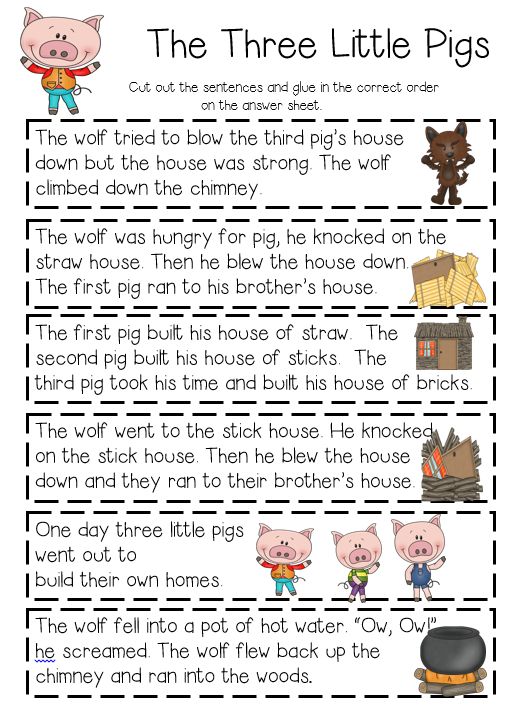 “I'm talking about the wolf,” Naf-Naf replies.
“I'm talking about the wolf,” Naf-Naf replies.
In medieval Christian symbolism, the "wolf" is the destroyer of the flock. The symbolic "wolf" was distinguished by ferocity, cunning and greed. The state machine of France became such a fatal "wolf-destroyer" for the Templars. Philip the Handsome, with the support of Pope Clement V, carried out a swift punitive operation to "dispossess" the order. In an effort to give legitimacy to this arbitrariness, Philip organized show trials of the Templars. Arrests were made in the name of the Inquisition. The Templars were charged with renouncing Jesus Christ, worshiping the idol of Baphomet (probably transformed by torture "Mohammed", since Baphomet's demonology did not know), homosexual orgies and other spiritual and carnal sins. nine0003
Grand Master Jacques de Molay died at the stake. The order was dissolved, the possessions of the Templars became the property of the king. Part of the property went to the Order of the Hospitallers. The German templars formed the Teutonic Order, the Portuguese - the Order of the Knights of Christ. The Templars were given asylum at the state level by England and Scotland. So the "masons" ended up on Albion.
The German templars formed the Teutonic Order, the Portuguese - the Order of the Knights of Christ. The Templars were given asylum at the state level by England and Scotland. So the "masons" ended up on Albion.
So, the “wolf” is a state repressive machine that operates according to special rules, that is, according to the law. It is no accident that the wolf in the fairy tale blows on the houses of Nif-Nif, Nuf-Nuf and Naf-Naf. The wolf is bound by rules. He, for example, cannot set fire to the house or simply break it down. (In itself, “exhalation” is associated with a speech or a sentence, the destructiveness of which is based on “hurricane” slander. The same Templars were slandered by the Inquisition.) The straw and twig “temples” of the pigs turned out to be weak before the “law”, therefore they fell. nine0003
By the way, the image of the “pig” itself is not so comical. Suffice it to recall that the forest pig is the future “boar”, which, as a heraldic symbol in the Middle Ages, denoted a courageous warrior who staunchly resists the enemy and is not inclined to retreat.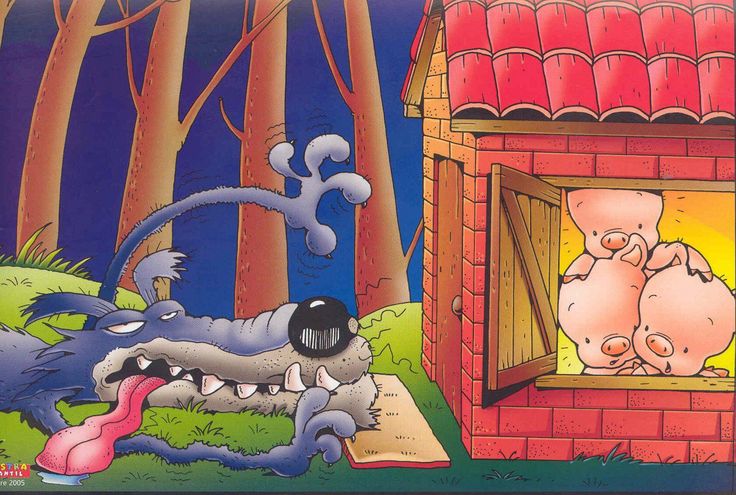 The features of the "boar" are ferocity and courage. Suffice it to recall that the white boar's head was the breast emblem of Richard III.
The features of the "boar" are ferocity and courage. Suffice it to recall that the white boar's head was the breast emblem of Richard III.
Nif-Nif and Nuf-Nuf flee from their devastated "temple" under the protection of the stone walls of Freemasonry - to Naf-Naf. No matter how hard the wolf tries, the strength of his lungs is not enough to destroy the House of Masons, built of "stone". The law is powerless. The wolf is cunning and tries to get into the Masonic temple through the chimney, that is, dishonestly, bypassing the law. Prior to this, the wolf, throwing on a sheep's clothing (a wolf in sheep's clothing is a biblical allusion), tried to trick Nuf-Nuf's house into the house. nine0003
Naf-Naf unravels the cunning plan of the wolf, who is trying to secretly infiltrate the Freemasons. The defiler (state) is waiting for a cauldron of boiling water.
One of the well-known symbols of Freemasonry is also a pyramid with an eye inside - the Radiant Delta (the fairy tale about piglets constantly wins back "threes" and "triangles": three piglets build three houses, then the three of them settle in the third house).